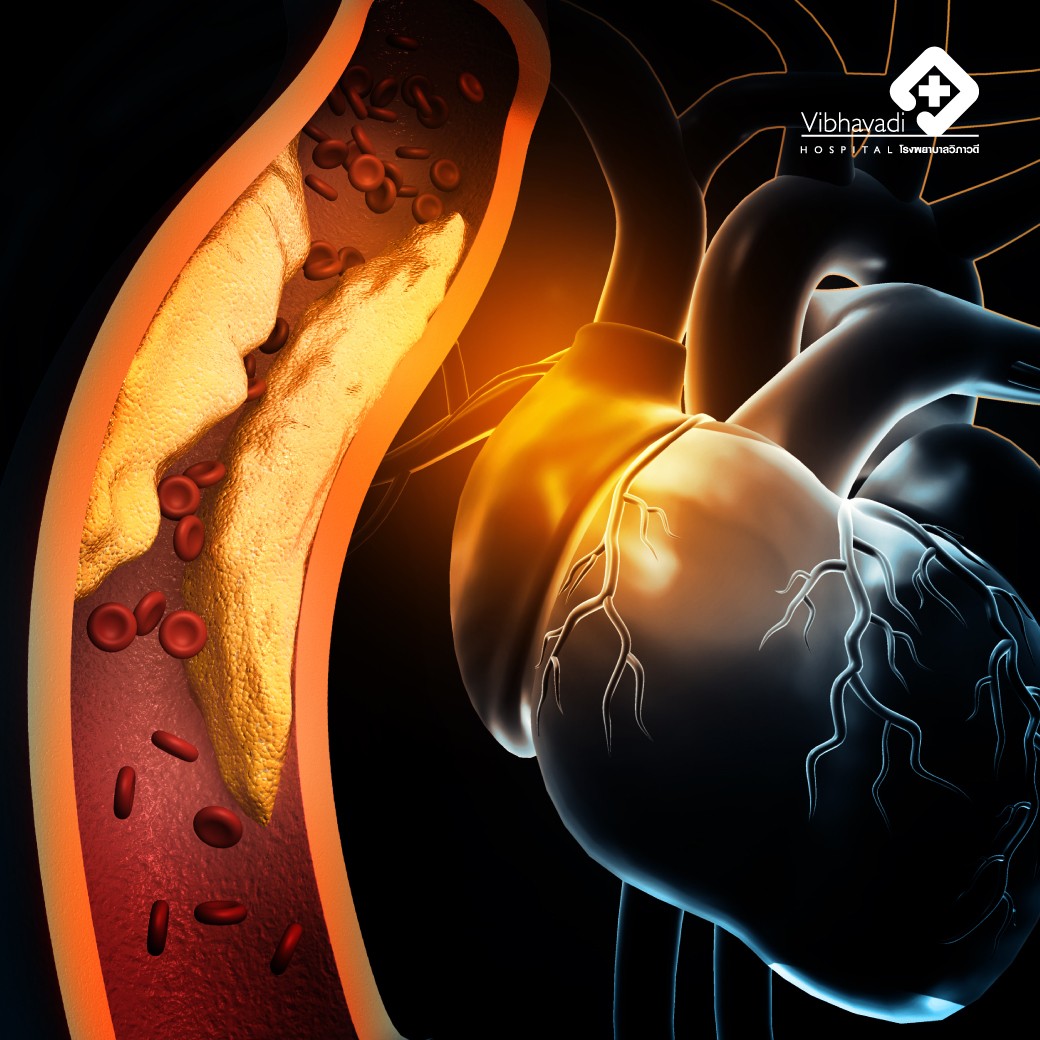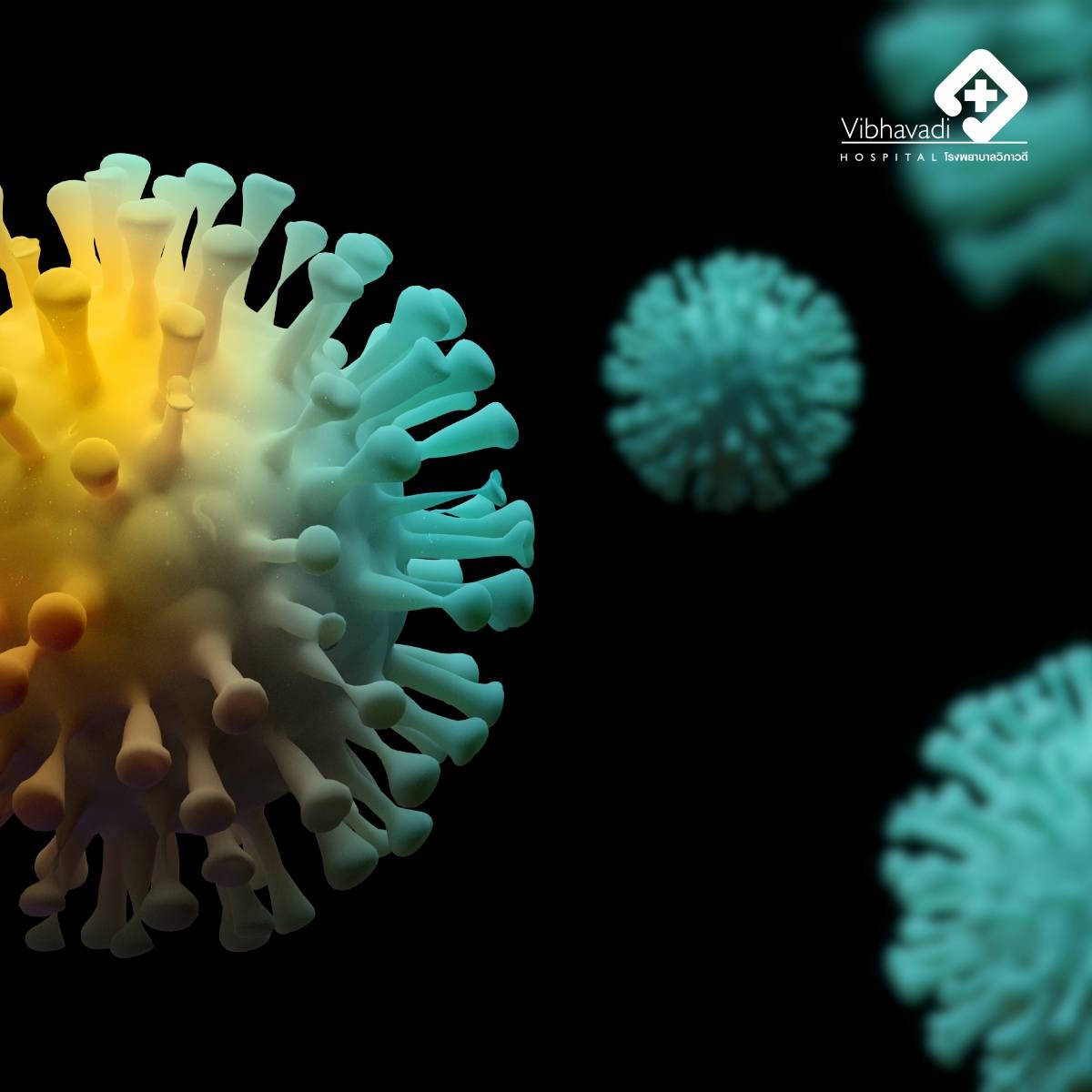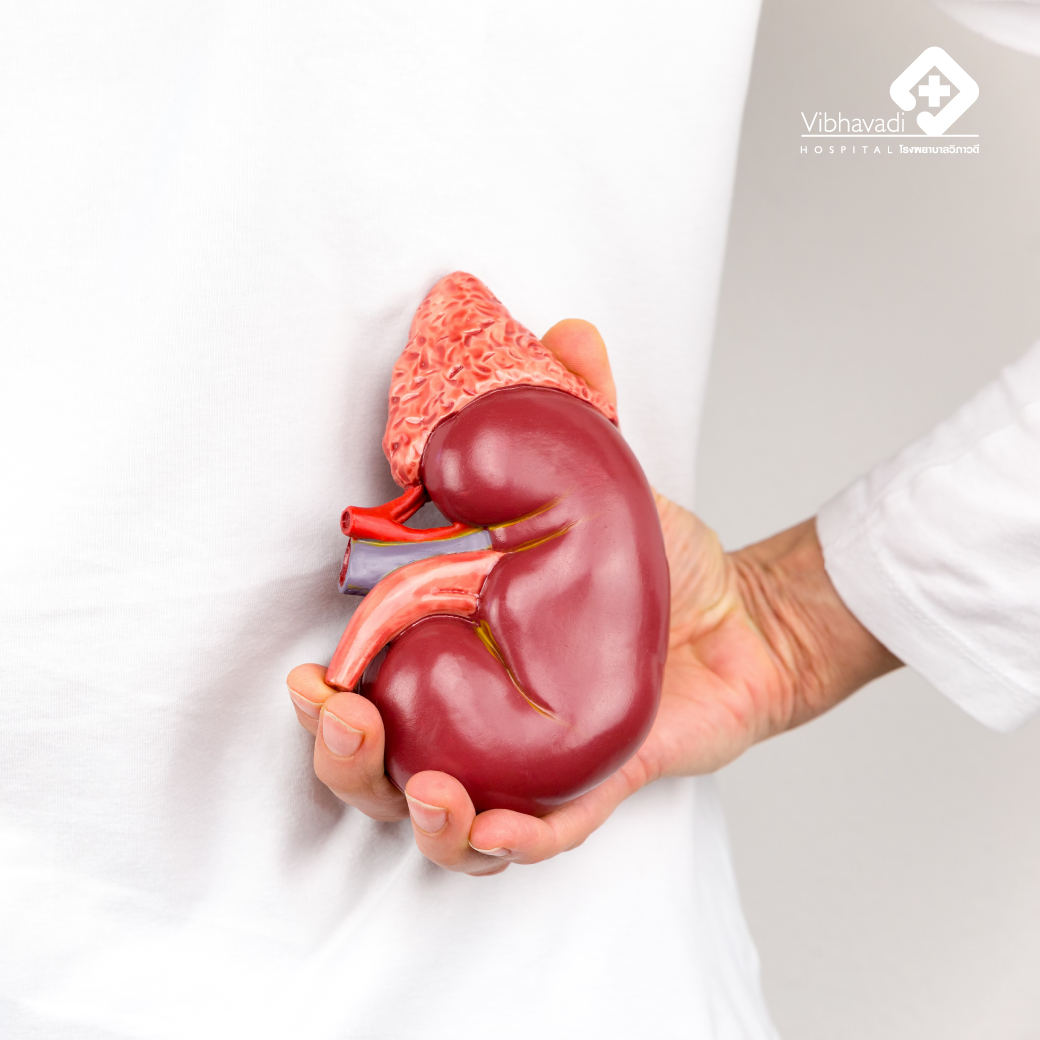Calcium Pyrophosphate Deposition (CPPD)
Calcium Pyrophosphate Deposition (CPPD) disease, also known as pseudogout, is a condition caused by the accumulation of calcium pyrophosphate (CPP) crystals in the joints. These crystals lead to inflammation and are composed of calcium and pyrophosphate. CPPD is a common type of inflammatory joint disease, second only to gout. Some people with CPPD may not experience any symptoms, while others might suffer from sudden acute joint inflammation, and some may develop chronic joint inflammation.
The symptoms of CPPD can vary greatly and can affect multiple joints, often resembling other joint diseases. Symptoms include:
- Sudden acute joint inflammation, similar to gout. This form is well-known and often reported first, hence the name pseudogout. The inflammation is characterized by pain, swelling, redness, and warmth in the affected joint, lasting from days to a week. The knee is the most commonly affected joint, but other joints like ankles, wrists, fingers, and hips can also be inflamed. The big toe base, frequently affected in gout, is less commonly involved in CPPD, helping to differentiate between the two conditions.
- Asymptomatic individuals who have radiographic evidence consistent with CPPD.
- Chronic inflammation in multiple joints, resembling rheumatoid arthritis, sometimes called “pseudo-rheumatoid.”
- Fluctuating joint inflammation in patients with osteoarthritis, or causing degeneration in joints not typically affected by osteoarthritis, like wrists, finger bases, or shoulders.
- Spinal inflammation, particularly in the neck, mimicking meningitis symptoms.
Risk factors for CPPD mainly include older age, joint injury history, genetics, conditions like hyperparathyroidism and hemochromatosis, and low magnesium levels.
Diagnosing CPPD involves a combination of patient history, physical examination, joint fluid analysis, and imaging like X-rays or ultrasounds. Identifying CPP crystals in joint fluid is key and is done using microscopy. This analysis not only confirms CPPD but also helps exclude conditions like gout or infectious arthritis. Radiographic evidence of crystal deposits in cartilage, known as chondrocalcinosis, is also indicative. Ultrasound can be more sensitive than X-rays in detecting chondrocalcinosis and can guide joint aspiration in difficult-to-access joints.
Current treatments for CPPD focus on managing symptoms, as there is no cure to remove CPP crystals from cartilage. Treatments include:
- Joint aspiration and steroid injections, especially when one or two joints are inflamed. This procedure reduces the amount of fluid and crystals in the joint, thereby decreasing pressure and relieving pain.
- Anti-inflammatory medications are often the first choice, especially for hard-to-aspirate or multiple inflamed joints. These include non-steroidal anti-inflammatory drugs (NSAIDs), colchicine, or steroids, which can also be used in low doses to prevent recurrent or chronic inflammation.
- Immune-modifying or suppressing drugs, such as hydroxychloroquine or methotrexate, may be necessary if other treatments fail to control the disease.















